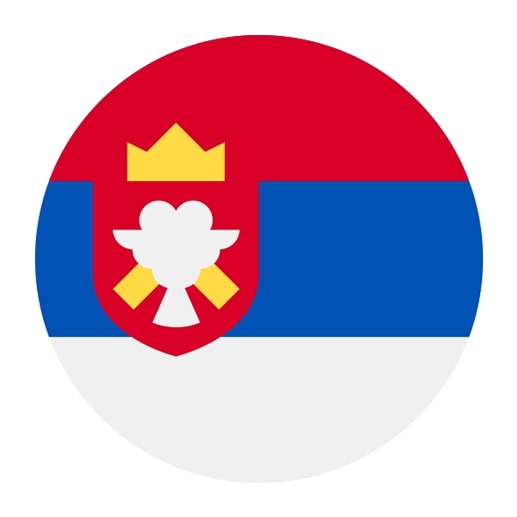Serbian Grammar Exercises
Want to get more confident in Serbian? Practicing grammar exercises is a great way to master sentence structure, verb forms, and the unique rules of the Serbian language. Start working on Serbian grammar today and watch your skills and fluency grow with every exercise!
Get started
The most efficient way to learn a language
Try Talkpal for freeSerbian Grammar Topics
Learning Serbian can be an enriching experience as it opens up a new cultural perspective, gives access to a rich literary tradition, and can be beneficial for those who travel or do business in the Balkans. However, like any language, Serbian has its complexities, especially in grammar. To build a strong foundation, it is essential to follow a sequence that eases the transition from one topic to another.
1. Nouns:
Start with understanding Serbian nouns as they are the building blocks of the language. They change according to gender, number, and case. Serbian has seven cases, which determine the noun’s role in the sentence.
2. Articles:
Serbian doesn’t have definite and indefinite articles like English. Familiarizing yourself with this concept early on can save confusion later.
3. Adjectives:
Adjectives in Serbian agree with the nouns they modify in gender, number, and case. It’s crucial to learn them along with nouns to form descriptive sentences.
4. Pronouns/Determiners:
Learn about personal, possessive, demonstrative, and relative pronouns. They also change according to gender, number, and case, much like nouns and adjectives.
5. Verbs:
Understanding verbs is fundamental as they indicate actions. Serbian verbs conjugate according to tense, mood, aspect, and person.
6. Tenses:
Serbian has different tenses: present, past, and future. Understanding these tenses helps express actions occurring at different times.
7. Tense Comparison:
Comparing tenses helps understand the subtle differences in expressing time in Serbian. It’s essential for mastering the verbs.
8. Progressive and Perfect Progressive:
Serbian doesn’t have a direct equivalent of the English progressive tenses, but it has aspects (perfective and imperfective) that can express similar meanings.
9. Adverbs:
Adverbs add more information to verbs, adjectives, and other adverbs. They are essential for describing how, when, or where an action takes place.
10. Prepositions:
Prepositions in Serbian are used to express location, time, direction, reason, etc. They require a noun in a specific case.
11. Conditionals:
There are three types of conditionals in Serbian, and they are used to express possible, hypothetical, or unreal situations.
12. Sentences:
Finally, understanding how to form sentences in Serbian by combining all the above elements is crucial to start communicating effectively in the language.








